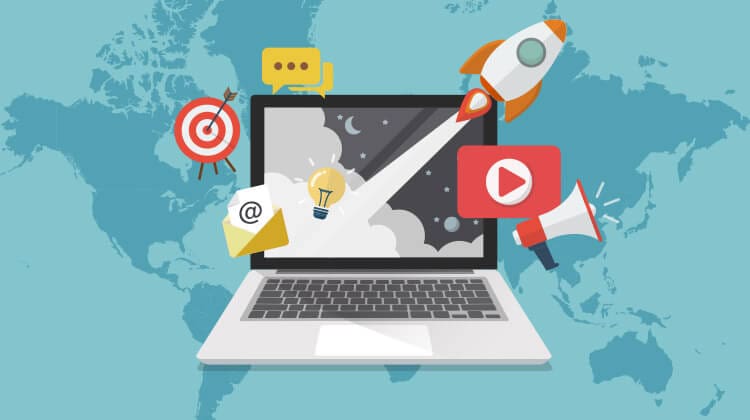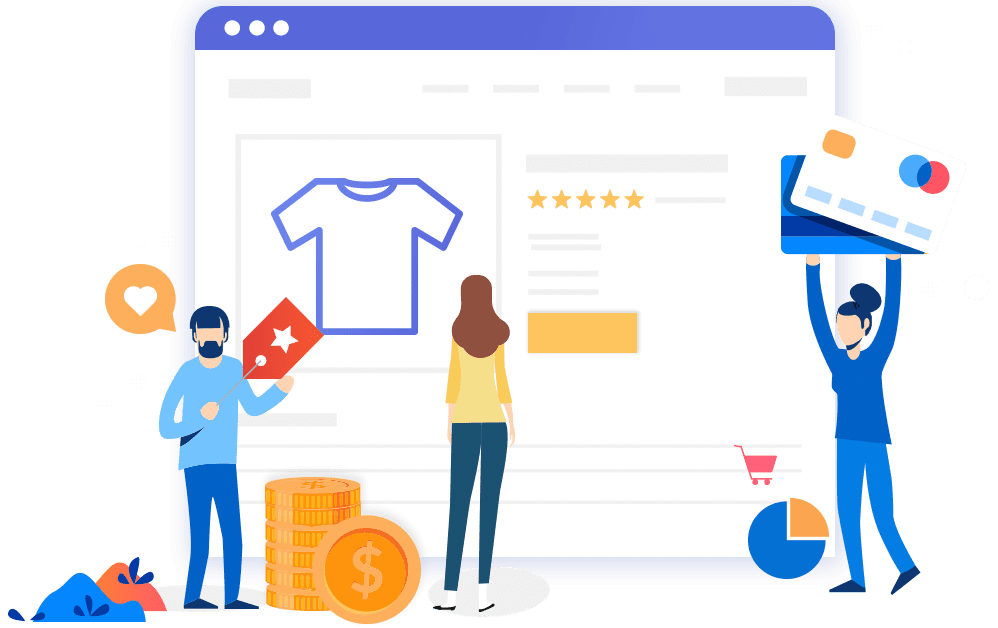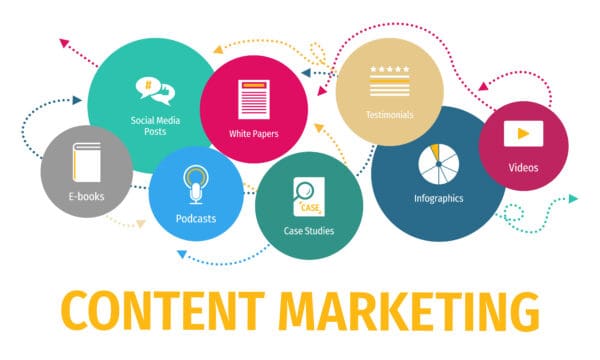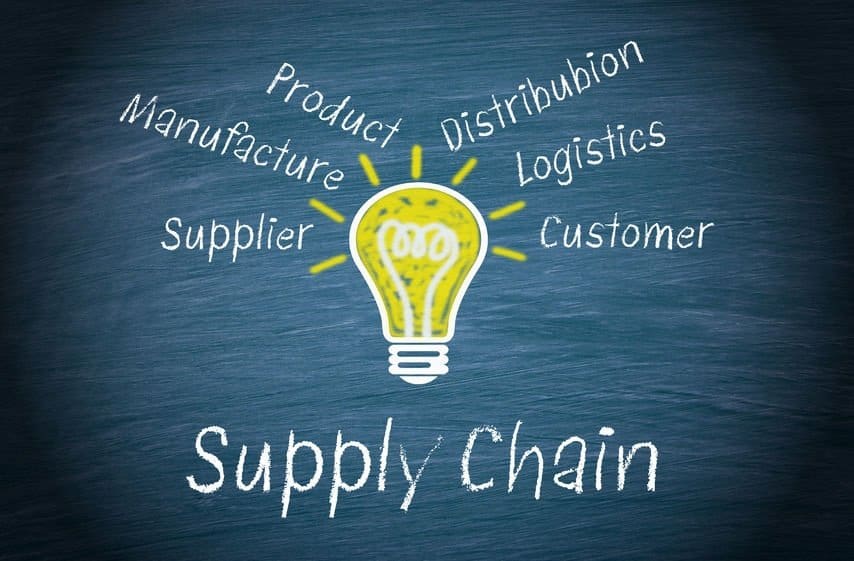Online marketing is already becoming more and more essential not only for businesses but even for influencers and individuals. This can be attributed to the fact that several people now rely on the internet to find any information, product, or service that they need. If you want to get started with online marketing, below are some of the most useful tips that you need to keep in mind.
Establish an online presence.
One of the primary things that you need to do to get started with online marketing is to establish an online presence. Regardless of whether you are an individual attempting to build followers or a business trying to pique the interest of your target audience, the first thing that you need to focus on is your presence online. In this way, people will be able to find you whenever they search for any information, product, or service related to your brand.
To do this, you can begin with building a website that you can customize to suit the needs of your brand. You should also take the time to build a social media presence on different platforms to target the audience that you want to captivate. This will allow you to show people active in the digital world what your brand is all about, as well as what you are capable of bringing to their plate.
Familiarize yourself with the latest trends.
Another thing that you can do to help you get started with online marketing is to familiarize yourself with the latest trends in the industry. Keep in mind that the trends in digital marketing are always changing, which is why you need to exert extra effort to be on top of these trends. To be able to do this, you can explore online sources. This is where you may come across the Marketing Training by Flint McGlaughlin which can provide you with a good insight on what you need to know to get started with online marketing and eventually reap the fruits of your labor. Apart from online classes and virtual pieces of training though, you can also consult with the experts who will be able to mentor you and guide you every step of the way.
Study analytics.
In the future, for you to have a good idea as to whether your online marketing efforts are successful or not, you should have a good understanding of analytics. Thereby, early on before you even begin your online marketing journey, you already need to familiarize yourself with this aspect. With analytics, you will be able to know what your data says about your campaign, as well as which aspects you need to further improve.
Get certified.
There is also the option for you to get certified in online marketing for you to be able to begin with it seamlessly. When you do acquire certifications, it means that you have to undergo pieces of training and courses that will help you pass the assessments for you to get the certificate. With the knowledge that you acquire from the courses, you will be able to begin your online marketing journey more seamlessly. Just keep in mind to be keen on applying all that you have learned.
Let your creative juices out.
While there are certain guidelines that you need to follow when it comes to online marketing, you should also allow your creative juices to flow. This means that for you to begin and become successful with online marketing, you should not limit yourself to what you can do just to conform to the traditional means of digital marketing. After all, your contemporary ideas can just be the key to set you apart from your competitors.
Launch your brand again.
When it comes to online marketing, there is the option for you to try and launch your brand again like a new product. This will allow you to begin anew in your journey to online marketing campaigns. As much as possible, apply what you have learned from the courses and the virtual pieces of training you have attended when it comes to launching your brand like a new product.
Think of something worth the buzz.
In conjunction with launching your brand again, it is also a good idea to try and come up with something that people will talk about to begin your online marketing journey. When you have something that your competitors lack, then there is a great chance for you to get ahead of them as your target market will most likely talk about your brand more. This means though that you need to exert the effort to figure out things that will prove to be unique and contemporary, worth talking about.
Drive referral traffic from the best sites.
To begin with online marketing, you should also have an idea as to how you will be able to drive referral traffic from the best sites. In this case, you can try to learn what content syndication is all about. In a gist, it will allow you to take one of your articles and distribute it to various sites at once. However, you have to be careful about how you implement this because it can contradict your SEO efforts.
Work with other online marketing specialists.
Finally, there is always the option for you to work with other online marketing specialists who will be able to help you jump-start an effective online marketing campaign. In this case, you may explore how to become a guest post in one of the most credible websites relevant in your industry. If you provide excellent content, other sites will regularly invite you to post eventually
To get started with online marketing, you first need to establish an online presence and familiarize yourself with the latest trends. Take the time to study analytics as well and strive to get certified. This will help you get your creative juices out in launching your brand again or coming up with something worth talking about. From there, understand how to drive referral traffic from the best sites or work with other online marketing specialists. All these are geared to jumpstart your online marketing venture seamlessly.






